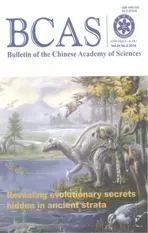Brain Morphology of the Zhoukoudian H.erectus Half a Million Years Ago
2010-12-30WUXiujie
WU Xiujie*
Key Laboratory of Evolutionary Systematics of Vertebrates, Institute of Vertebrate Paleontology and Paleoanthropology, CAS, Beijing 100044, China
In the process of human evolution,how has the brain changed? When did it happen? Why did it happen?These questions are some of the hottest topics in paleoanthropology today.The study of brain evolution falls into the sub-discipline of paleoneurology and is based on direct examination of the fossil record of humans and their closest hominid relatives.Unfortunately,brains are not preserved in the fossil record.The most direct evidence of ancestral brains is available, however,from endocasts.An endocast is the impression taken from the inside of a cranium retaining the surface features of the brain.Endocasts can exist in three ways.They may be produced naturally by sediments that filled the empty cranium; they can also be artificially made by covering the inside of the cranial vault with plaster, latex,or other silicon rubber.The third form is a virtual one reconstructed from the data collected during CT scans.The Zhoukoudian (ZKD) endocasts to be discussed here are man-made by covering the inside of the cranial vault with plaster (Fig.1).
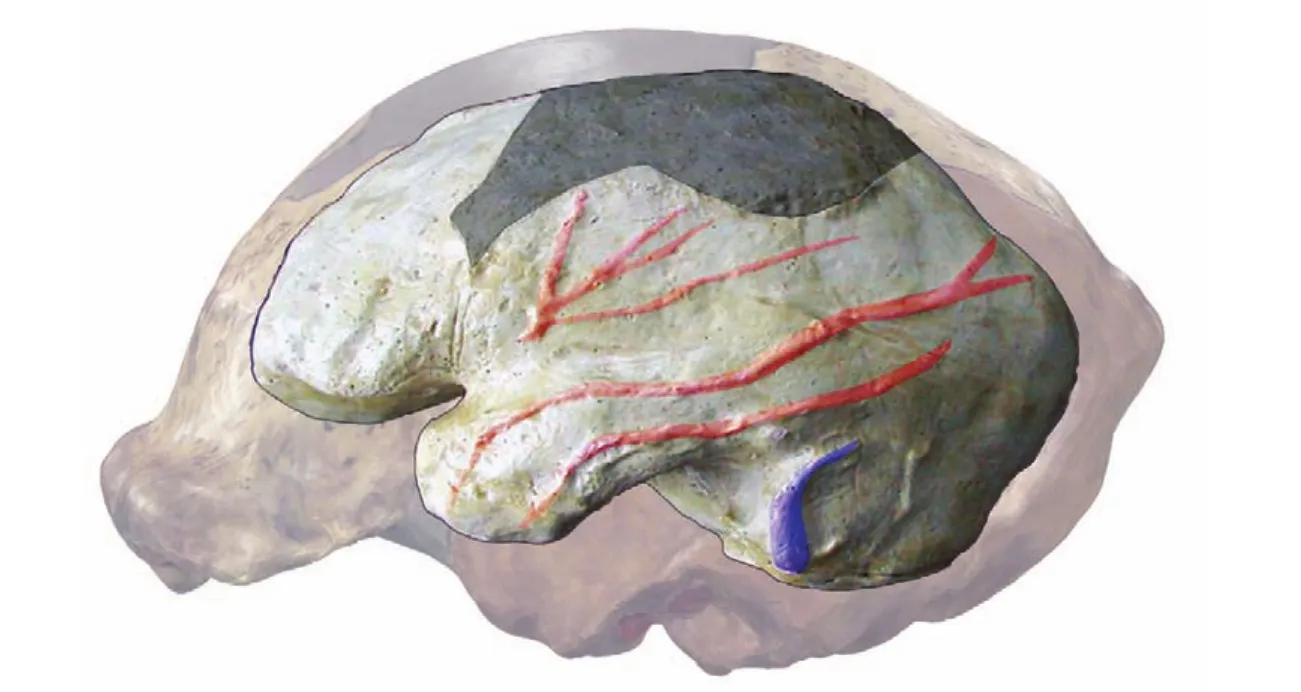
Fig.1 A man-made endocast of Zhoukoudian H.erectus.
Endocasts are not casts of brains,but they do reflect the external features of brain anatomy in detail,such as the brain size, the general shape, relative sizes of the lobes of the cerebral cortex, gyri and sulci patterns,asymmetries and lateralization, blood supplies of the meninges and venous sinuses (Fig.2).Analysis of fossil hominid endocasts allows inferences on the evolution of human brain in an evolutionary context.The ZKD endocasts are good samples to know ancestral brains and to study human evolution.
A group of six H.erectus specimens have been derived from the same locality at ZKD with a geological age of half a million years ago.Over the past 70 plus years, the ZKD crania have been disputed over their role:could they be the main proxy for a morphological pattern applicable to all H.erectus or alternatively, only limited to Asian H.erectus? Some colleagues propose that the ZKD cranial samples possess unique morphological features relative to African and other Asian specimens; and the ZKD sample is not a good proxy for the morphology and variations seen within Asian H.erectus.Conversely, other researchers suggest that cranial features that were regarded as limited to Asian H.erectus are also expressed on some African specimens.Endocast data might provide some new clues for addressing this issue.
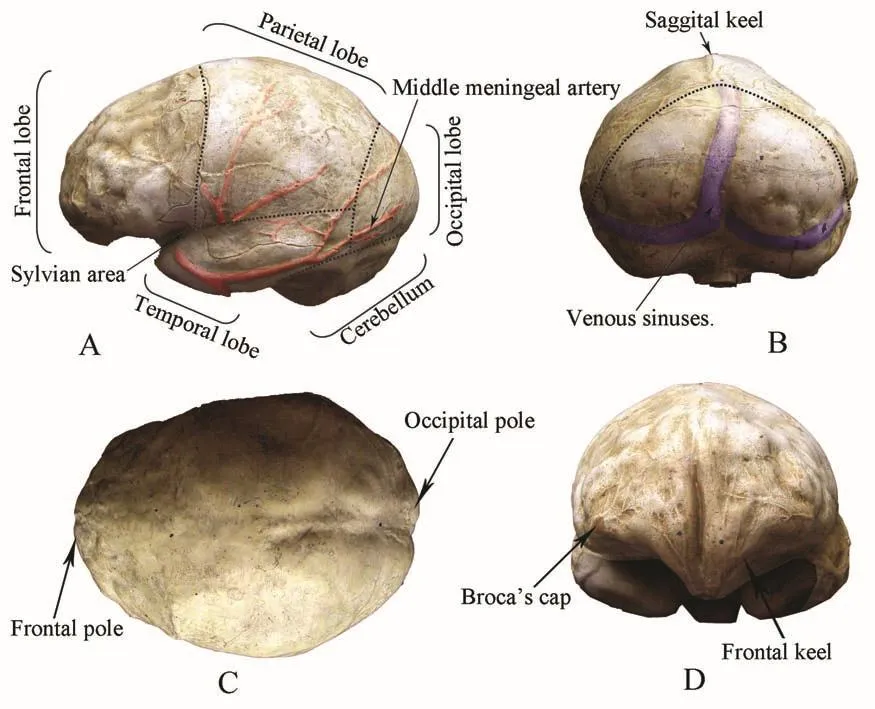
Fig.2 Lateral view (A), posterior view (B), superior view (C) and anterior view (D) of a ZKD endocast, indicating anatomical landmarks.
In 1932, Davidson Black reconstructed the first endocast for ZKD H.erectus, the ZKD III, opening a gate to studies of human brain evolution.From the mid to late 1930s,Franz Weidenreich reconstructed the endocasts of ZKDII, ZKD X, ZKD XI and ZKD XII.In 1973, the endocast of ZKD V was reconstructed by ZHANG Yinyun based on four fragments respectively found in 1934, 1936 and 1966.The Fig.3 illustrates the lateral view of the six ZKD endocasts in comparison with the endocast of modern human.
Endocasts offer clues for estimating cranial volume.This appears interesting for paleoanthropologists given that the increase in overall brain size, which is directly correlative to cranial volume, is one of the most important features in human evolution(see Fig.4).For modern Chinese, the volume ranges between 1,110 ml and 1,600 ml, with an average volume of 1,382 ml.The cranial capacity of the oldest ZKD H.erectus (ZKD III) is 915 ml; the average volume of ZKD II,ZKD X, ZKD XI, and ZKD XII is 1,072 ml; and the youngest ZKD H.erectus(ZKD V) is 1,140 ml.Both ZKD V and ZKD X fall within the modern Chinese range.The average volume of the six ZKD endocasts is 1,058 ml,which places them in the middle of the range of endocranial volumes bounded between 600 and 1,251 ml obtained from a broad spectrum of H.erectus crania.
The ZKD specimens have common morphological features, including: 1)long, low and narrow appearance with an ovoid form in superior view; 2) a lower position of the greatest breadth relative to the height occurring on the temporal lobes, in contrast to what generally seen in most modern humans,whose greatest breadth is situated at midway along the length of the cast;3) prominent frontal and sagittal keels,with the exception of ZKD V, which lacks a sagittal keel on the parietal lobes; 4) f l at and narrow frontal lobes,with the exception of ZKD X, whose frontal region bulges bilaterally; 5)a slightly larger and more prominent area of the Broca’s cap on the left side,suggesting an ability to speak mastered by ZKD H.erectus; 6) depressed Sylvian areas and surfaces for the parietal lobes; 7) strong posterior projection of the occipital lobes; 8)anterior positioning of the cerebellar lobes relative to the occipital lobes;and 9) relatively simple branching of meningeal vessels.
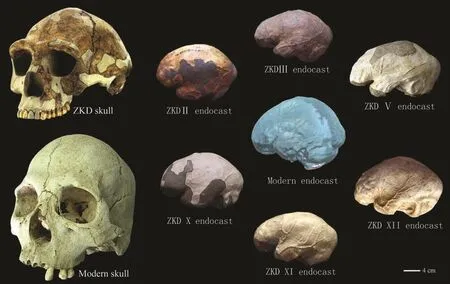
Fig.3 Comparing the skulls and endocasts of ZKD H.erectus and modern humans.
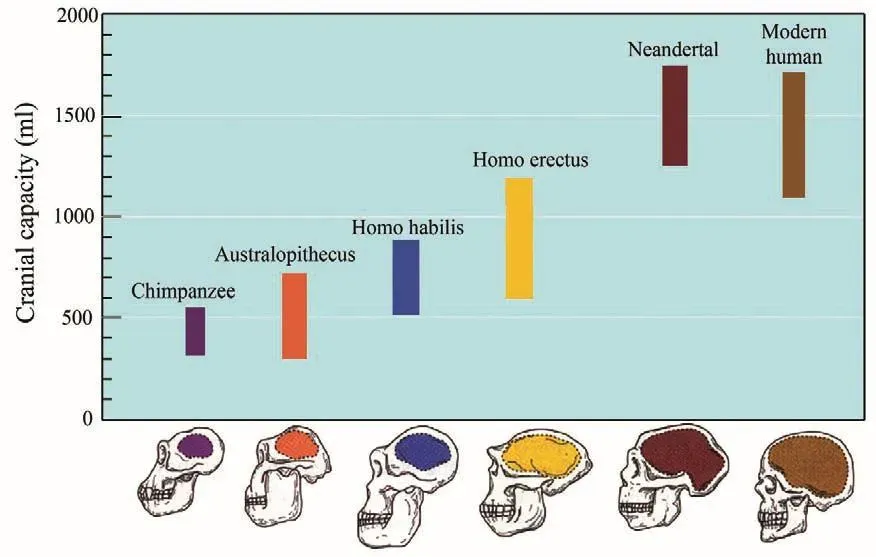
Fig.4 Brain sizes of Chimpanzees and fossil hominids change through time.
Compared with Hexian,Indonesian and African H.erectus, all ZKD endocasts seem to have a lower position for the greatest breadth, f l ater surfaces of the frontal lobes (except Indonesia H.erectus Sambungmacan 3), lower and anterior cerebellar lobes, various venous sinus patterns and petalia patterns.Frontal keel and simple meningeal vessels are also seen on Indonesian endocasts.In spite of these numerous shared morphologies,ZKD endocasts are identical with other H.erectus in terms of centro-parietal sagittal keels, depressed Sylvian areas,and narrow, slender temporal lobes.
The ZKD V appears to have increased slightly in brain length as well as frontal and occipital breadth relative to the other ZKD specimens,but the six ZKD endocasts do not differ significantly in univariate metrics.The ZKD endocasts are longer and taller than the Indonesian and African H.erectus ones.The linear measurements have significant differences between ZKD and Indonesian H.erectus, and between ZKD and African H.erectus.Comparing the overall shapes of the endocasts, our study of H.erectus endocasts does not document any geographical patterning that discriminating African specimens from Asian ones.Interestingly, even the six ZKD endocasts, which are from a single locality, do not form a discrete cluster clearly separating themselves from other hominin fossils in our study.Instead, we document a significant trend of brain expansion over time within H.erectus, and basic similarities in the underlying pattern of this expansion where brain enlargement is a function of height.
Documentation of the overwhelming morphological similarity of the six ZKD endocasts,known to represent a 300,000-year time span, has significant relevance to our understanding of H.erectus and hominin evolution, highlighting the importance of detailed site-specific analyses.The ZKD endocasts share several features (e.g.a low height and a low position of the greatest breadth, flat frontal and parietal lobes, depressed Sylvian areas,strong posterior projection of the occipital lobes, anterior positioning of the cerebellar lobes relative to the occipital lobes, and relative simplicity of the meningeal vessels) that distinguish themselves from modern Chinese.The common morphological features shared by ZKD and other comparative H.erectus endcoasts(e.g.a low height, a low position for the greatest breadth, f l at frontal lobes,the low and anterior cerebellar lobe,the frontal keel, simple meningeal vessels, and a small cranial capacity)suggest that this aspect, more than any other feature, can be regarded as the definitive characteristic of presapiens members of the genus Homo.
Compared with the other ZKD endocasts, the ZKD V has a few progressive features, including bossed parietal lobes, wide frontal lobes,and a rather big and long brain.The brains of ZKD specimens increase slightly over time in volume.The cranial morphological variations of H.erectus throughout the old world and the endocranial casts are less influenced by the environment than the exterior crania.The findings from the endocasts do not support the idea that the ZKD specimens have unique morphological and morphometric features differing from the Indonesian and African H.erectus.
杂志排行
Bulletin of the Chinese Academy of Sciences的其它文章
- Dinosaurs of a Feather
- The Origin and Diversification of Osteichthyans and Sarcopterygians:Rare Chinese Fossil Findings Advance Research on Key Issues of Evolution
- Amazing Reptile Fossils from the Marine Triassic of China
- Ongoing Research Projects at IVPP (A Selection)
- Advances in Vertebrate Paleontology and Paleoanthropology in China
- Recent Advances in Meso-Cenozoic Fish Research
